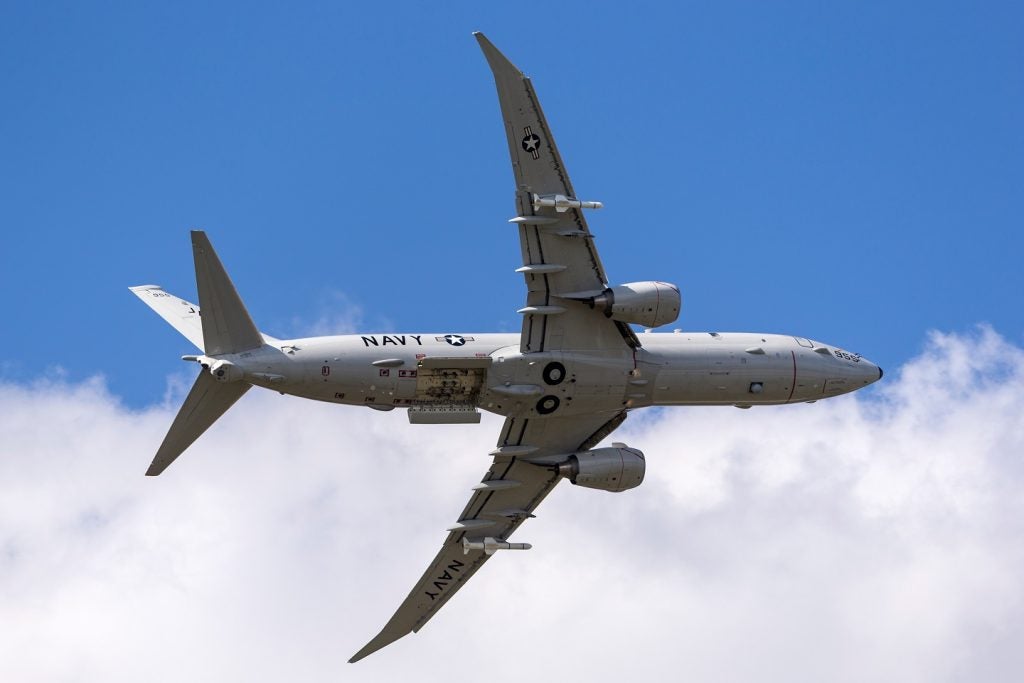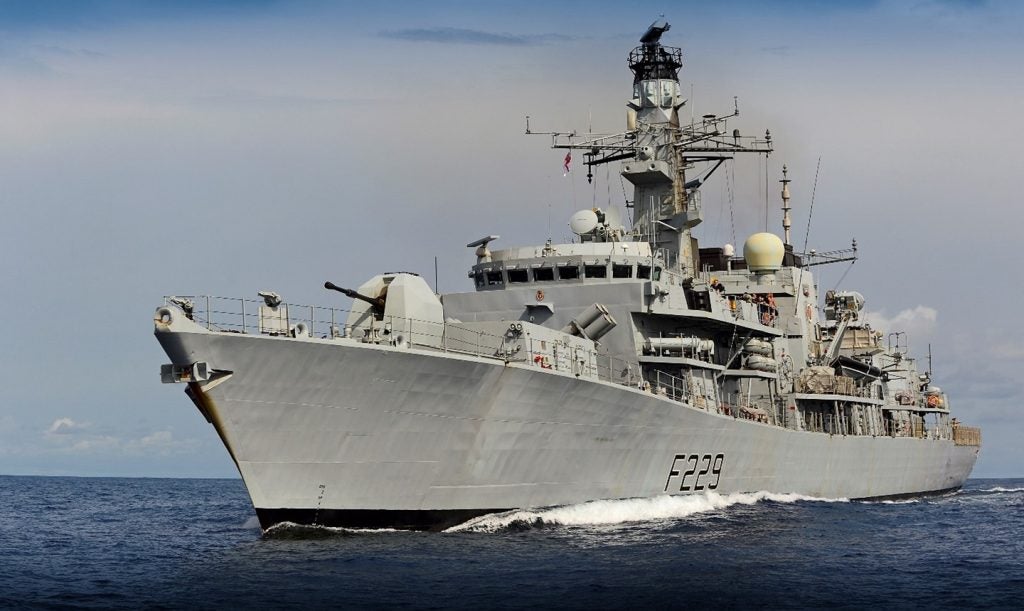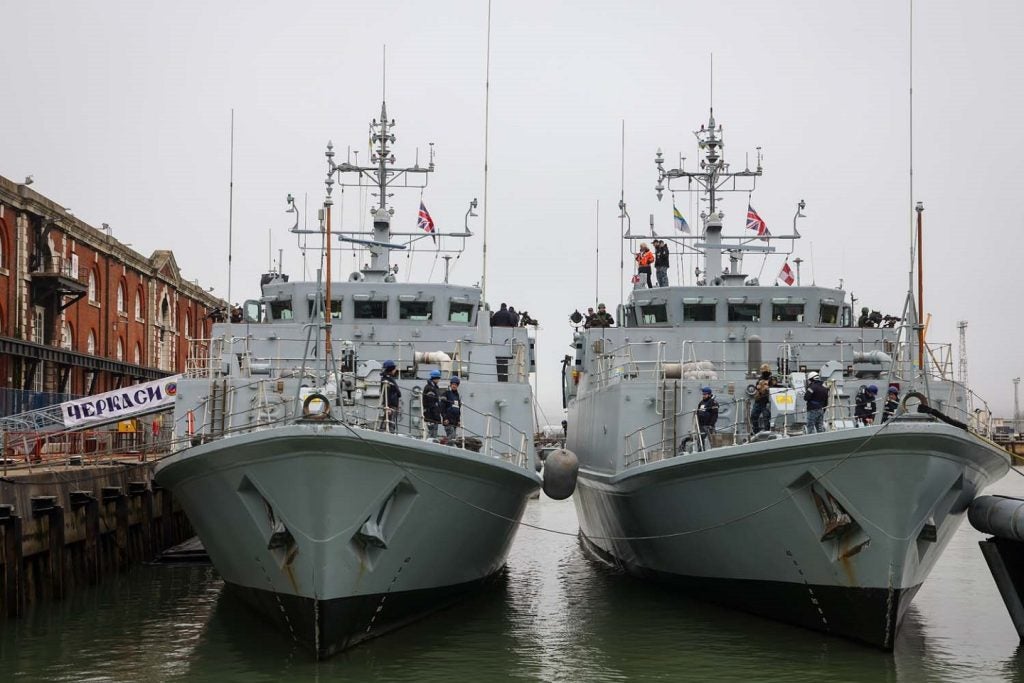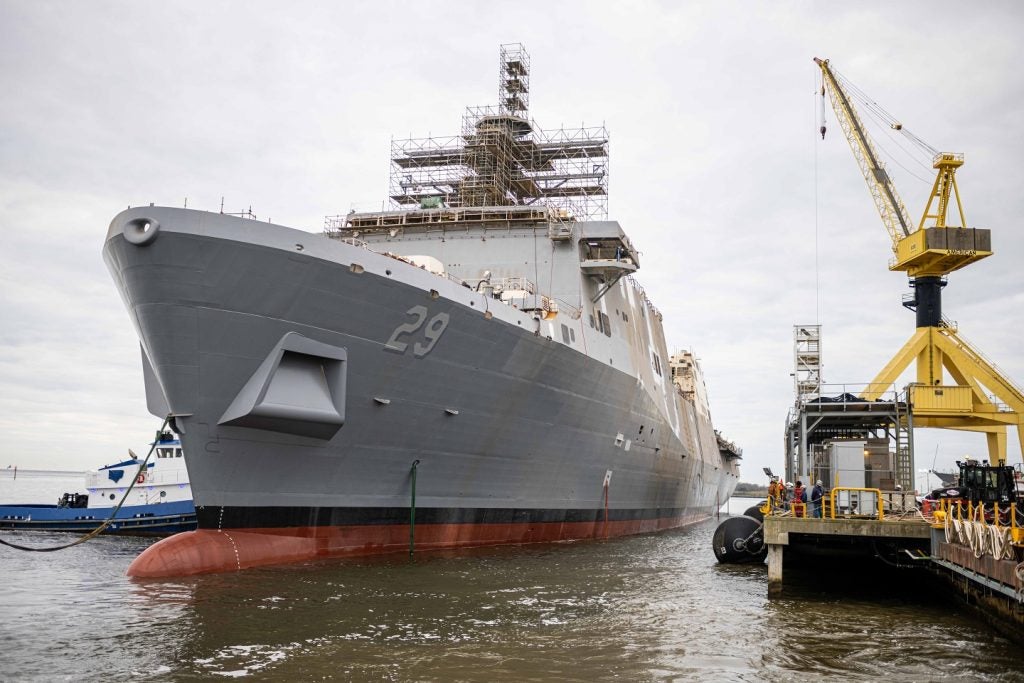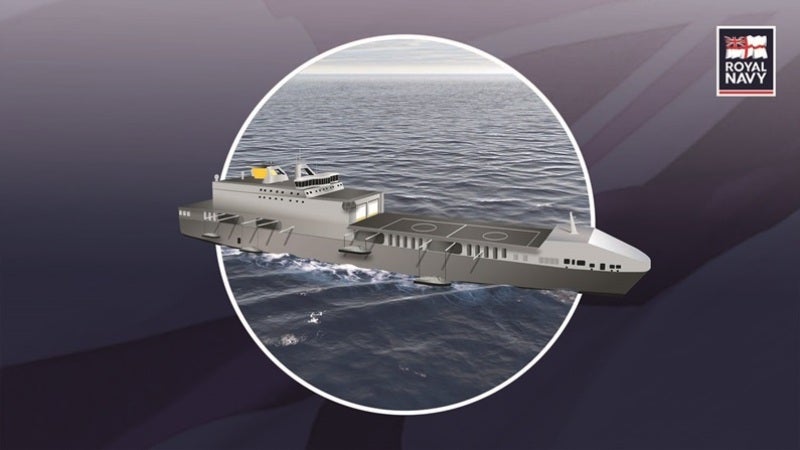
Naval Technology understands that the UK Royal Navy is no closer to ‘opening the door’ to developing Littoral Strike Ships despite reports suggesting two were in development. Progress on the LSS is still at an early stage with only £5m set aside so far for work on the vessels.
The Royal Navy is still looking into developing LSS, however, the plans have yet to progress past the concept phase with no commitments made for the design or use of the ships should the plans move forward. A source told Naval Technology that there is currently no timeline for any further developments or news on the ships.
Early this year, then Defence Secretary Gavin Williamson announced plans to acquire Littoral Strike Ships, saying: “Take the Royal Navy. They are exerting British influence through greater forward presence. I want to capitalise on that, investing now to develop a new Littoral Strike Ship concept. And, if successful, we will look to dramatically accelerate their delivery.
“These globally deployable, multi-role vessels would be able to conduct a wide range of operations, from crisis support to war-fighting.”
Williamson added: “They would support our Future Commando Force, our world-renowned Royal Marines. They’ll be forward deployed at exceptionally high readiness and able to respond at a moment’s notice bringing the fight from sea to land.”
Littoral Strike Ships are designed to be cheaper to develop than traditional warships and under their designation would not necessarily have to be manufactured in the UK if the concept was to be taken further.
How well do you really know your competitors?
Access the most comprehensive Company Profiles on the market, powered by GlobalData. Save hours of research. Gain competitive edge.

Thank you!
Your download email will arrive shortly
Not ready to buy yet? Download a free sample
We are confident about the unique quality of our Company Profiles. However, we want you to make the most beneficial decision for your business, so we offer a free sample that you can download by submitting the below form
By GlobalDataAt the time Williamson described his ambition for the two ships to be forward-deployed in the Indo-Pacific and Mediterranean allowing the UK to base a variety of forces at sea. Despite these early pledges from Williamson, little information has been revealed about the development process of the ships since the first announcement was made.
The two vessels are eventually destined to support a revamped Royal Marines force allowing specialised commando forces to be permanently sea-based in the indo-pacific and Mediterranean, according to preliminary plans.
The Royal Navy previously said: “Littoral strike ships are vessels which can command an assault force from anywhere in the world – carrying everything from helicopters and fast boats to underwater automated vehicles and huge numbers of troops.
“They are designed to be able to get in close to land – with ‘littoral’ literally meaning the part of the sea which is closest to the shore.”
By permanently basing the ships away from the UK the Royal Navy can achieve one of the stated goals of the First Sea Lord Admiral Tony Radakin by constantly projecting force across the world. Under plans being drawn up by the MOD, the Royal Marines are set to receive an operational and equipment shakeup, replacing their SA80 rifles with a variant of the Colt C8. The LSS in future could act as a platform for launching Royal Marines operations.
Until the LSS plans progress, the Royal Marines are expected to utilise existing amphibious assault ships to achieve their changing mission.
The plans for the LSS build on the expansion of the Royal Navy, as explained by Williamson’s February announcement: “Our vision is for these ships to form part of two Littoral Strike Groups complete with escorts, support vessels and helicopters. One would be based East of Suez in the Indo-Pacific and one based West of Suez in the Mediterranean, Atlantic and Baltic.
“And, if we ever need them to, our two Littoral Strike Ships, our two aircraft carriers, our two amphibious assault ships Albion and Bulwark, and our three Bay Class landing ships can come together in one amphibious task force. This will give us sovereign, lethal, amphibious force. This will be one of the largest and best such forces anywhere in the world.”
These comments give an idea of how the LSS could slot into the Navy’s portfolio, backing up the existing forces of the Royal Navy, rather than replacing outgoing amphibious assault ships with less bespoke replacements.
Despite slow-to-little progress being made since the start of the year the LSS would mark an interesting addition to the Royal Navy’s arsenal, and slot into plans to increase force projection while maintaining a tight budget.
So far the Royal Navy has only released one concept image of the possible LSS, showing a cargo ship-like design with a large landing platform able to support multiple helicopters a key point in the Royal Marines new focus, which is set to them operate Chinooks supported by dedicated fire support from apache gunships making the need for a large landing pad clear. The graphic also shows multiple points for fast boats to deploy from either side of the ship.



